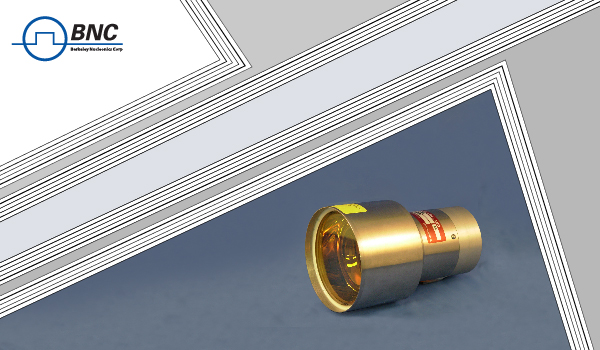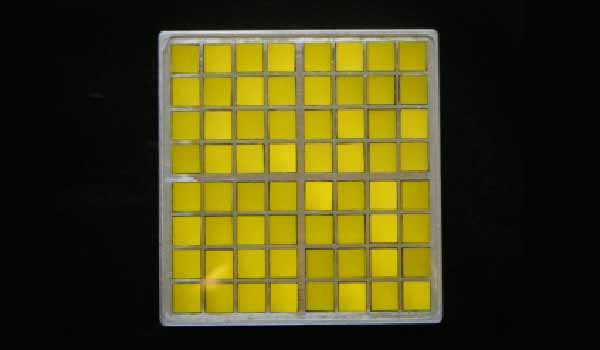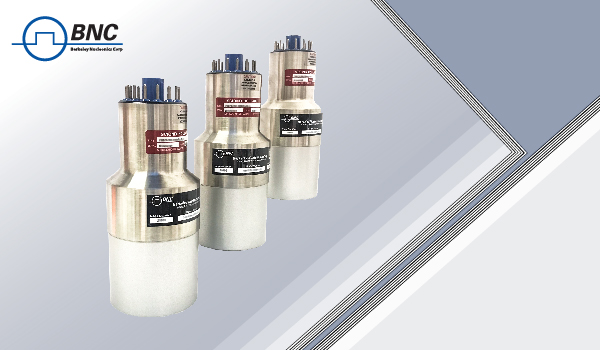March 17, 2023 - Gamma Spectroscopy: The Role of Photomultiplier Tubes and Scintillator Detectors in Detecting Radioactive Emissions
Gamma spectroscopy is an important technique used in many fields, including nuclear physics, medical imaging, and materials science. This technique relies on the detection and analysis of gamma rays emitted from radioactive sources. In order to detect these gamma rays, specialized instruments are used, such as photomultiplier tubes and scintillator detectors.

Photomultiplier tubes (PMTs) are one type of detector commonly used in gamma spectroscopy. These devices are essentially highly sensitive light sensors that are able to detect the faint flashes of light produced when gamma rays interact with matter. The basic principle behind PMTs is that when a gamma ray interacts with a scintillator material, it produces a burst of light. This light is then detected by a photomultiplier tube, which amplifies the signal and converts it into an electrical signal that can be analyzed by a computer or other electronic device.
PMTs consist of a vacuum tube with a photocathode at one end and an anode at the other. When light enters the tube through a window, it strikes the photocathode and produces a stream of electrons. These electrons are then accelerated toward the anode by an electric field, which causes them to collide with other atoms and produce even more electrons. This process is repeated multiple times, resulting in a highly amplified electrical signal that can be measured and analyzed.
Scintillator detectors are another type of detector commonly used in gamma spectroscopy. These detectors work by using a scintillating material, which produces light when it interacts with gamma rays. The light produced by the scintillator is then detected by a photodetector, such as a PMT or a photodiode, which converts it into an electrical signal that can be analyzed.

There are several different types of scintillator materials used in gamma spectroscopy, including inorganic crystals such as sodium iodide and cesium iodide, as well as organic scintillators such as anthracene and stilbene. Each type of scintillator has its own unique properties and is best suited for specific applications.
One advantage of scintillator detectors is that they can be made in a variety of shapes and sizes, making them highly versatile for use in different types of experiments. They are also relatively easy to use and require minimal maintenance compared to other types of detectors.
Berkeley Nucleonics specializes in providing high-quality and customized detectors for a range of applications, including gamma spectroscopy. Our detectors are known for being some of the most sophisticated and precise in the world and are used by researchers and scientists in a variety of fields. We offer a wide range of scintillation crystals and detectors, each designed to meet the specific needs of their customers. With a focus on innovation and quality, Berkeley Nucleonics is dedicated to providing the best possible solutions for its clients. For more information on our scintillation crystals and detectors, please visit their website through this link.

